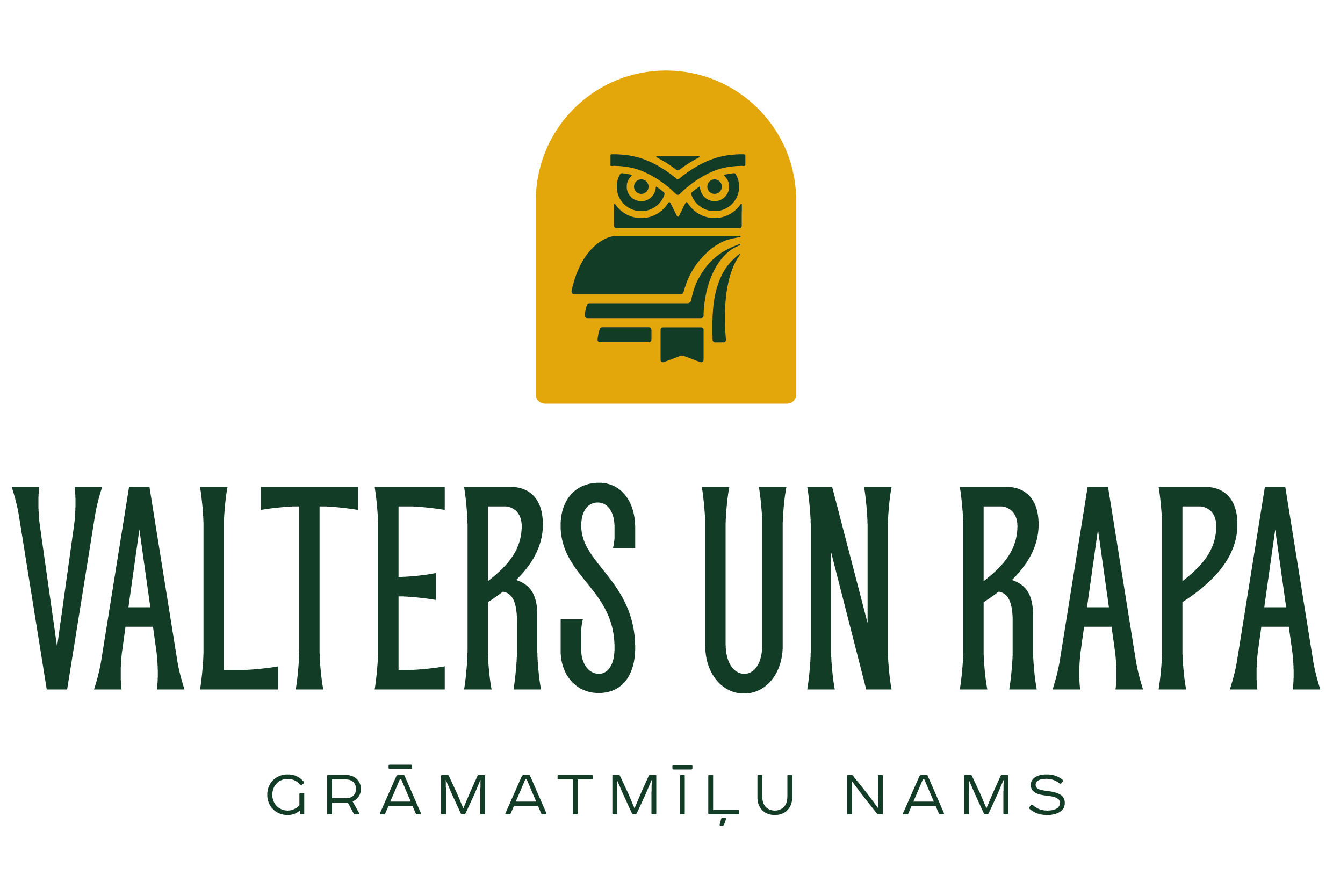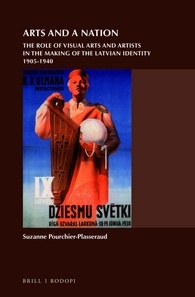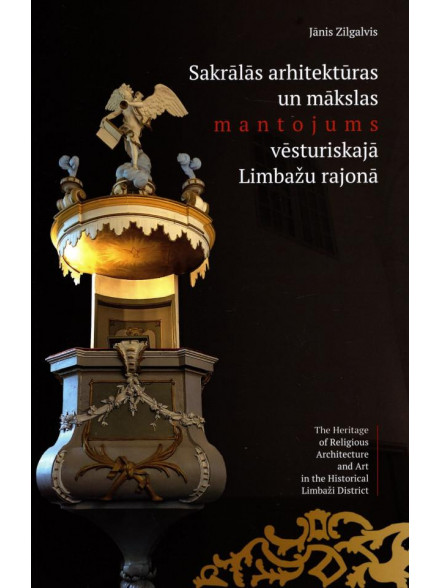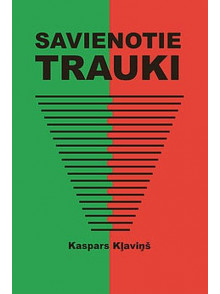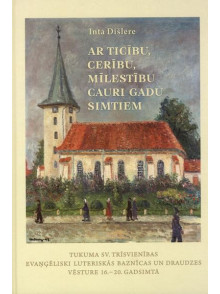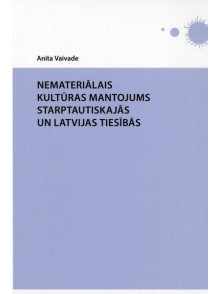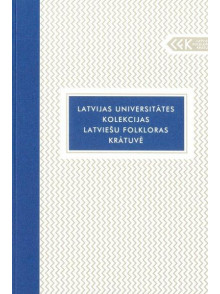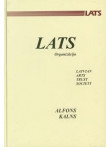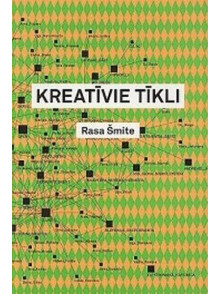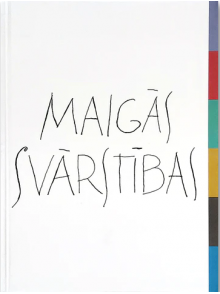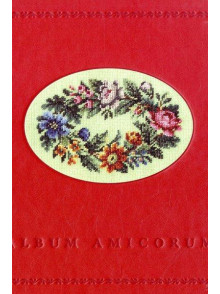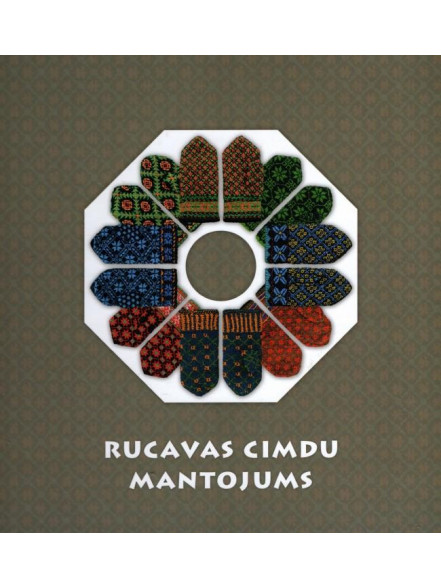Focusing on the role of arts in the construction of national identity, Suzanne Pourchier-Plasseraud has chosen to study the case of a country lacking an ancient state history of its own, Latvia. This book analyses the part played by the visual arts in transmuting the cultural concept of a nation, advocated by a small intelligentsia, into a widespread claim for independence. By the end of the 19th century, fretting under Russian political domination and German economic and cultural supremacy, the Latvians turned back to their own language, culture and folklore, with a special interest for their dainas, their timeless common heritage rooted into a mythical golden age. Latvian artists thus found themselves entrusted with the mission of creating a national iconographic representation and a specifically Latvian art, freed from Russian and German influences. The author shows how the links between the cultural and political spheres evolved between 1905 and 1940, including during the period of authoritarian government preceding WWII. An enlightening contribution to understanding how art and history can be turned into social and political instruments, this book reaches far beyond the Latvian case to a European and even global scope.
